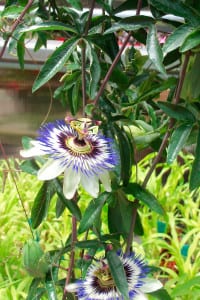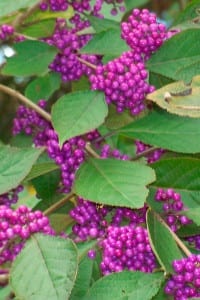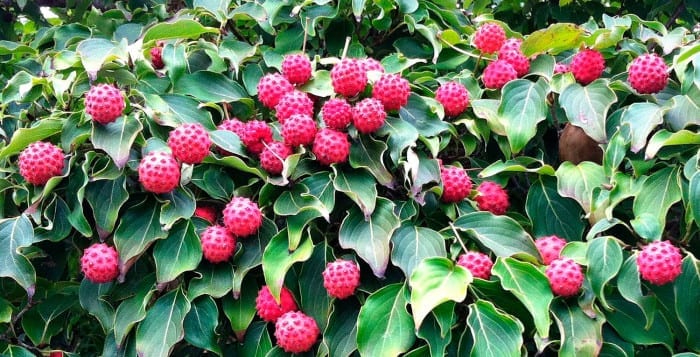By Ellen Barcel
Well, it’s finally winter with real winter weather. However, I just heard on the news that the first hurricane of 2016 has formed — yes, I know they don’t normally start until June 1 and the last time a hurricane formed in January was in 1938. According to CNN, it’s only the fourth known hurricane to arrive in January since records have been kept starting in 1851. Weather has been really weird this past year. The cherry tree I wrote about in December was still blooming on January 1. It will be interesting to see what spring brings.

Well, now that the cold weather is finally here (sort of), we can’t really do much in the way of gardening, except, perhaps repair some tools or clean out the garage. But, it is a great time to put your feet up by the fireplace, look out the window at the snow outside, leaf through the gardening catalogues which invariably come this time of year and plan your new garden. Perhaps you wish to make some jams or jellies from produce in your garden but want to focus on landscaping plants. Here are some possibilities. All make unique jellies and jams.
Kousa dogwood
Kousa dogwood (Cornus kousa), Japanese dogwood, is sometimes recommended as a replacement for our local dogwood (C. florida), since it is more resistant to a tree blight, anthracnose, which can kill our local species. One of the nice things about Kousa dogwood is that the fruit is edible and can be used to make jelly — I’ve tasted it and it really is good. There are a number of recipes online. The berries can also be used to make muffins. The tree does well in our acidic soil and produces beautiful white flowers in spring. It’s a small tree so won’t take over your landscaping.
Beautyberry
Like the Kousa dogwood, the beautyberry (Callicarpa americana) bush is deciduous. It is known for its brightly colored purple berries that can remain on the plant into winter providing winter interest. The berries, which have a metallic luster, will be eaten by birds, but they don’t appear to be their favorite food. Squirrels, raccoons and other small animals seem to enjoy them. The berries are edible and can be used to make jelly.

I planted the bush just because I like the look of the berries. The plant can grow four to eight feet tall and about as wide. It prefers light shade and a well-drained soil. This is not a problem with Long Island’s generally sandy soil. While the plant can be a specimen plant, a row of them makes an interesting, informal hedge. Remember, however, that since it is deciduous, the screening benefits will only be provided during the growing season. While it is mildly drought tolerant, it does need about an inch of water a week. So, if we go for more than a week or so without rain, water should be supplemented.
Passionflowers
Passionflowers are native to both the Americas and Asia, there being in the neighborhood of 500 species in the genus. Most have edible fruit that can be made into jelly. The vines, depending on variety, can grow up to 30 feet tall, so this is a plant that needs a trellis of some sort or can be grown as a trailing plant in a hanging basket. The flowers of Passiflora incarnata are exotic in appearance. Generally, they are purple, but some are purple and white. P. alata ‘Ruby Glow’ is purple and dark maroon — absolutely gorgeous. The plant is hardy in zones 5 to 9, and does best in full to partial sun.
Yes, there are a number of other landscaping plants that can be used to yield jelly, such as roses and sunflowers. You can also use the flowers of Queen Anne’s lace and dandelions. Remember to always check out whether the flower you are interested in is edible. If in doubt, don’t consume it.
Ellen Barcel is a freelance writer and master gardener. Send your gardening questions and/or comments to [email protected]. To reach Cornell Cooperative Extension and its Master Gardener program, call 631-727-7850.





